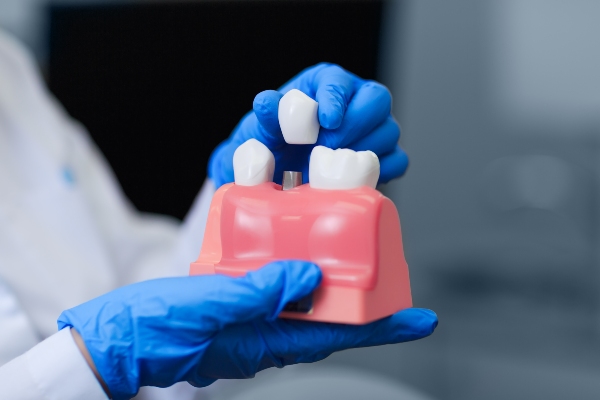Three Important Facts About Gum Grafting

Gum grafting is usually done to augment the gum tissue lost to gum recession caused by infection. Gum recession causes the gums to waste away gradually until the tooth roots are exposed. Since the gum tissues are not self-regenerative, gum graft surgery must be done to replace the lost tissues. Due to the pain associated with the procedure, patients often avoid treatment entirely.
Gum grafting strengthens and gum and protects the tooth from the effects of the recession. It also reduces teeth sensitivity and could give a smile a better appearance. This article will tell you three essential facts about gum grafting and how to make the procedure as hitch-free as possible.
Facts about gum grafting
The following are essential pieces of information to know about the gum graft procedure:
1. The procedure prevents tooth loss
After the gum tissue recedes, most people may be able to notice the color disparity between the tooth enamel and the roots. More importantly, the exposed roots of the tooth have nerve endings near the surface that reacts to extreme temperatures.
Root surfaces are not as strong as the enamel, which means that once they lose the protection of the gums, they stand at the risk of tooth decay. Unless the patient undergoes gum grafting, the recession will continue to worsen, potentially causing tooth loss. Before the gum graft procedure, the dentist will usually provide treatment for whatever infection or condition caused the recession.
2. The surgery procedure
A gum graft is a surgery recommended for patients with receding gums. The surgery entails removing soft tissues from the patient's palate and grafting it onto the part where the gums are missing. In some instances, the oral surgeon may use donor tissues. Gum recession in some patients is caused by improper brushing (too hard or infrequently). Sometimes, the dentist may be able to help the patient by advising them on proper brushing techniques.
Gum graft surgery is a safe and effective treatment that will remarkably improve the patient's oral health. Patients will be able to return home on the same day. But if sedatives were used, they will need to arrange for transportation.
The tissue healing typically takes about four to eight weeks. The type of gum graft done will determine the extent of pain felt after the surgery. If the tissue was taken from the patient's palate, they might be in discomfort for a few days. However, the dentist will recommend pain meds to deal with the pain.
For at least a week or two after the gum graft, patients must restrict themselves to a diet of soft, cold foods such as pasta, eggs, yogurt, ice cream, cottage cheese and thoroughly-cooked vegetables. Smoothies and soups will also be great for the first few days.
3. Potential complications of gum graft surgery
If the procedure was handled by a skilled and experienced dentist, the gum graft procedure is totally safe and the complications are minimal. Potential complications that could occur due to the procedure include severe swelling, infections, uneven healing and loose sutures.
Final note
If the idea of experiencing gum grafting pain is stopping you from undergoing the procedure, you can talk to your oral and facial surgeon about sedation options that may be suitable for you.
Request an appointment here: https://www.torreyhillsperio.com or call Torrey Hills Periodontal Group at (858) 925-1188 for an appointment in our San Diego office.
Check out what others are saying about our dental services on Yelp: I Think My Gums Are Receding in San Diego, CA.
Recent Posts
Gum recession is a common dental problem where gum tissue pulls away from the teeth and can cause serious oral health problems if untreated. This condition can also affect the appearance of a person's smile, and cause tooth sensitivity and increased risk of cavities. To prevent gum recession and to act promptly, one needs to…
Concerned about gum recession? Read on to learn more. If your smile looks different in the mirror recently, you might want to see a periodontist. You may notice your tooth roots are showing more, your teeth seem longer, or your gums are receding. Perhaps your gums are becoming more tender and your teeth are more…
Periodontal disease is a result of severe bacterial infection in the gum tissue. It causes many problems in the mouth. Knowing the impact of gum infection on your oral health can motivate you to set an appointment with your dentist right away. Here are the details on how periodontal disease impacts your oral health.Research shows…
When we go to the dentist or periodontist, one of the last things that we expect to hear is that we need gum recession treatment. However, gum recession happens to many people for many reasons. When it does happen, it is important to get it treated properly as soon as possible to avoid further damage.…


